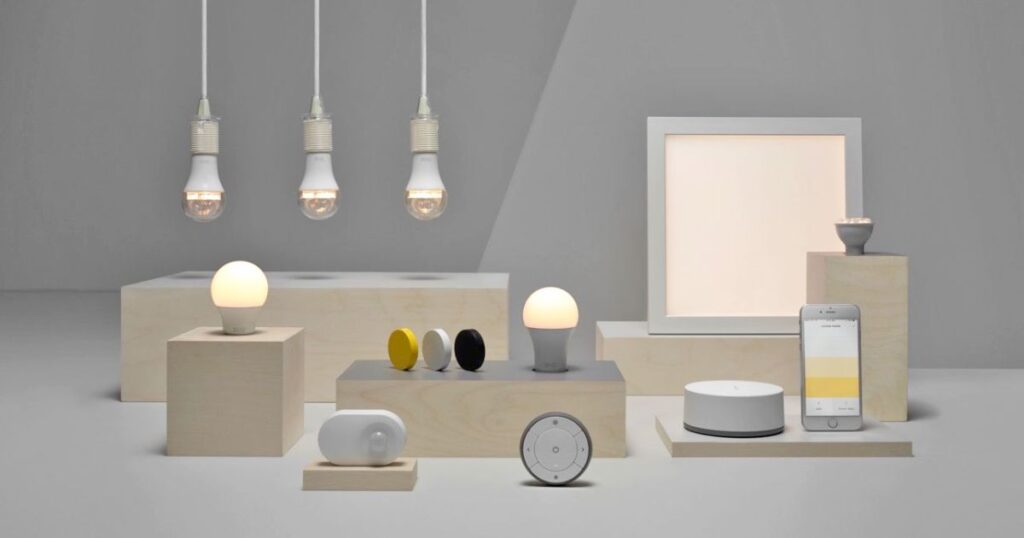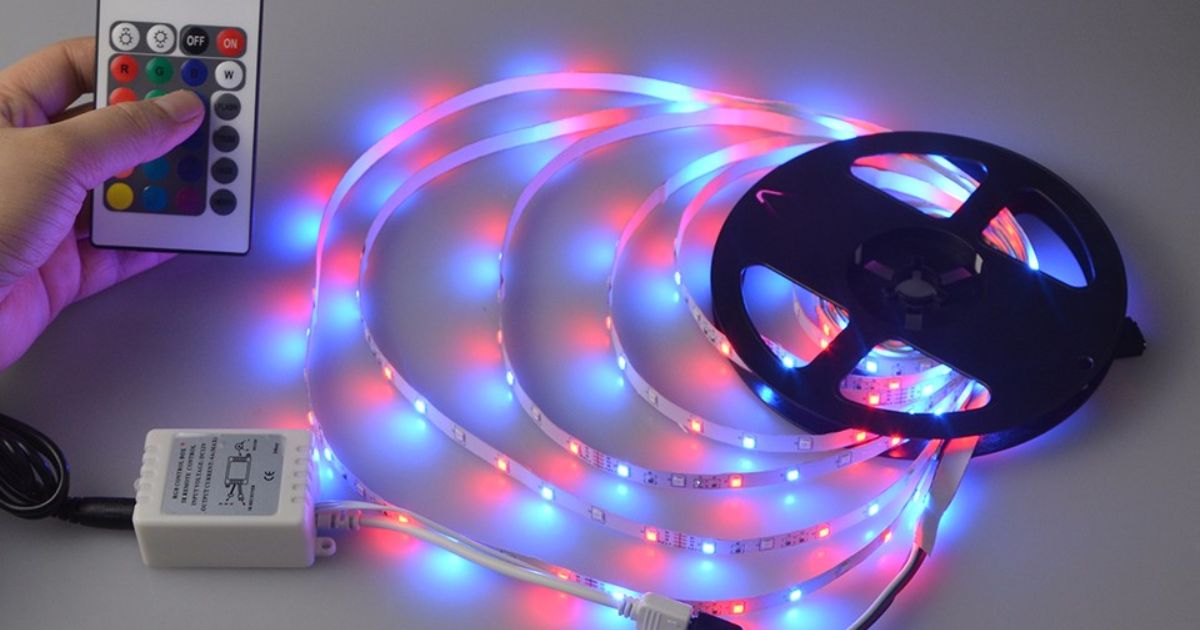LED lights to power supply refer to the process of connecting light-emitting diode (LED) fixtures to a suitable electrical source, ensuring they receive the required voltage and current for proper illumination.
Discover the magic of LED technology and create captivating lighting designs. Here is a question erase “how to connect led lights to power supply” Whether you’re a DIY enthusiast or an aspiring lighting pro, this guide will shed light on the essentials of LED installations.
LED lights require a power supply to operate. The power supply provides the necessary electrical current to illuminate the LEDs. It’s essential to choose the right power supply with the correct voltage and wattage to ensure proper functioning. Connect multiple LED lights to one switch using a compatible power supply is a straightforward process that anyone can learn to do.
Key Takeaways
- Ensure that the voltage and current requirements of your LED lights match the output of the power supply to avoid potential damage.
- Always prioritize safety by disconnecting power, wearing protective gear, and inspecting wires and connectors for damage before installation.
- Gather essential tools like wire strippers, connectors, and mounting hardware to make the installation process smoother and more efficient.
- Incorporate RGB LED lights for dynamic, customizable lighting options that add a splash of color to your spaces.
- LED lights offer energy efficiency, longer lifespan, and lower maintenance costs compared to traditional lighting options, making them a smart choice for any lighting project.
Understanding LED Lights
Understanding LED lights is essential for anyone looking to make informed lighting choices. LED, which stands for “Light Emitting Diode,” represents a highly efficient and durable lighting technology.
These semiconductor devices produce light when an electrical current flows through them, resulting in reduced energy consumption compared to traditional lighting sources. LED lights are known for their extended lifespan, which minimizes replacement costs and is available in an array of colors, making them suitable for various applications from home to commercial settings.
| Connection Method | Pros | Cons | Use Cases |
|---|---|---|---|
| Direct Wiring | Simple and cost-effective | Limited distance between lights | Home lighting, small setups |
| Daisy-Chaining | Minimal wiring needed | Potential voltage drop | Linear installations, decorative lighting |
| Using a Hub/Driver | Precise control of each light | Requires additional components | Larger installations, smart lighting |
LED lights together without connector
Connecting LED lights without a connector can be achieved by soldering. Soldering is the process of melting a low-melting-point metal alloy between the leads of the LED lights, creating a secure electrical connection.
This method allows for a clean and direct link between the LED lights and power source. However, it requires precision and careful handling, as improper soldering can damage the LEDs or disrupt the electrical connection. Soldering is a suitable solution for those looking to achieve a seamless, wire-free LED lighting setup.
Connecting to the Power Supply
When it comes to connecting LED lights to the power supply, it’s essential to pay close attention to polarity. LEDs have a positive (anode) and negative (cathode) lead. To ensure the lights function correctly, match the anode to the positive terminal and the cathode to the negative terminal of the power supply.
You can achieve this by using connectors designed for LED strips or by soldering the connections. Paying attention to polarity is a fundamental step in the process, ensuring your LED lights illuminate as expected.
Dimming and Controlling LED Lights

Dimming and controlling LED lights provide flexibility in adjusting illumination levels according to your needs and mood. Dimmer switches, remote controls, and even smartphone apps allow you to set the perfect ambiance in any space.
With dimming options, you can save energy and extend the lifespan of your LEDs while creating a comfortable environment. Whether you desire a cozy atmosphere for a romantic dinner or vibrant lighting for a lively party, LED dimming and control systems offer convenience and customization at your fingertips.
Maintaining Your LED Lights
Proper maintenance is essential to ensure your LED lights continue to shine brightly and last for years. Regular cleaning is a simple but effective way to keep them in top condition. Dust and dirt can accumulate on the surface of the LEDs, reducing their illumination.
Gently wipe the lights with a soft, lint-free cloth to remove any debris. Additionally, keep an eye out for any signs of malfunction, such as flickering or dimming. If you notice issues, troubleshoot and replace faulty components promptly to maintain the quality of your LED lighting setup.
Energy Efficiency and Cost Savings
Energy efficiency is a hallmark of LED lighting, translating to significant cost savings. LED lights consume a fraction of the energy required by traditional incandescent bulbs, which translates into lower electricity bills.
Their long lifespan also reduces replacement costs, making them a smart investment. Additionally, LED lights emit very little heat, helping to lower cooling expenses. Whether for residential or commercial use, LED lighting not only brightens spaces but also lightens the financial burden, promoting sustainability and savings.
Incorporating RGB LED Lights
Incorporating RGB LED lights allows you to unleash your creativity and add a vibrant splash of colors to your lighting setups. RGB LEDs can produce a spectrum of colors, giving you the freedom to set the mood and atmosphere in any space.
Whether it’s for accent lighting, home entertainment systems, or dynamic visual displays, RGB LEDs offer endless possibilities for customization and personalization, making them a popular choice for those looking to add a touch of magic to their surroundings.
FAQs
Can I use an AC power supply for LED lights?
LED lights typically require a DC power supply, so you’ll need one that can convert AC to DC.
Do I need special connectors for LED light installations?
Yes, you’ll need connectors designed for LED strips, ensuring secure and reliable connections.
How can I avoid voltage drop in longer LED light installations?
To prevent voltage drop, use thicker wires and consider using multiple power supplies or signal amplifiers for longer runs.
Conclusion
In conclusion, connecting LED lights to a power supply is a fundamental skill that empowers individuals to transform their spaces with energy-efficient and versatile lighting solutions. Throughout this guide, we’ve delved into the intricacies of selecting the right power supply, understanding LED technology, and prioritizing safety.
By following the outlined steps and precautions, you can confidently install LED lights in a variety of settings, from ambient home lighting to creative DIY projects. The advantages of LED lighting, such as energy efficiency and long lifespan, make it a practical and cost-effective choice. Embrace the world of LED illumination, and illuminate your surroundings with brilliance and efficiency to connect led lights to power supply.













